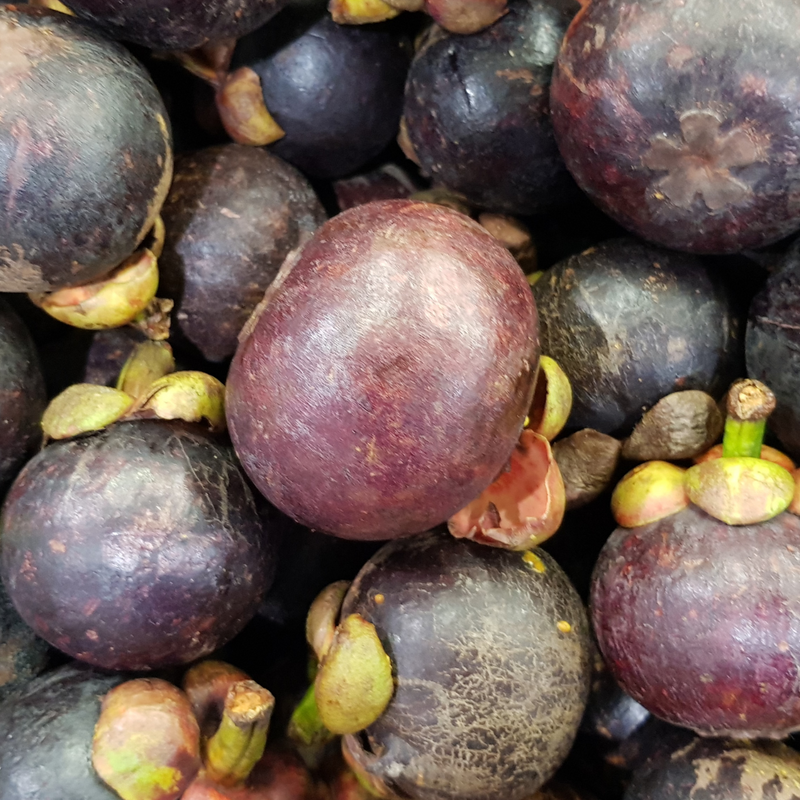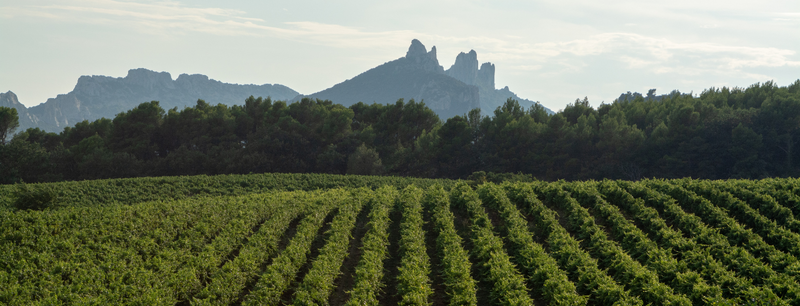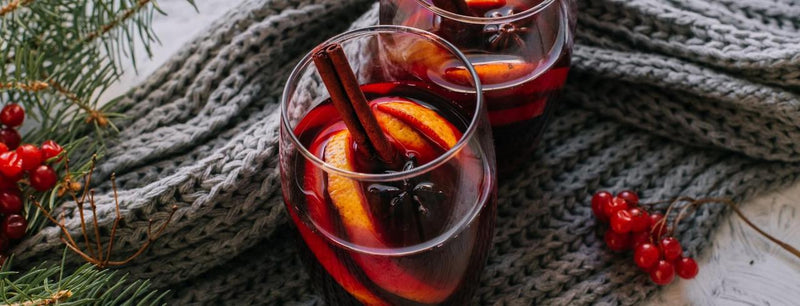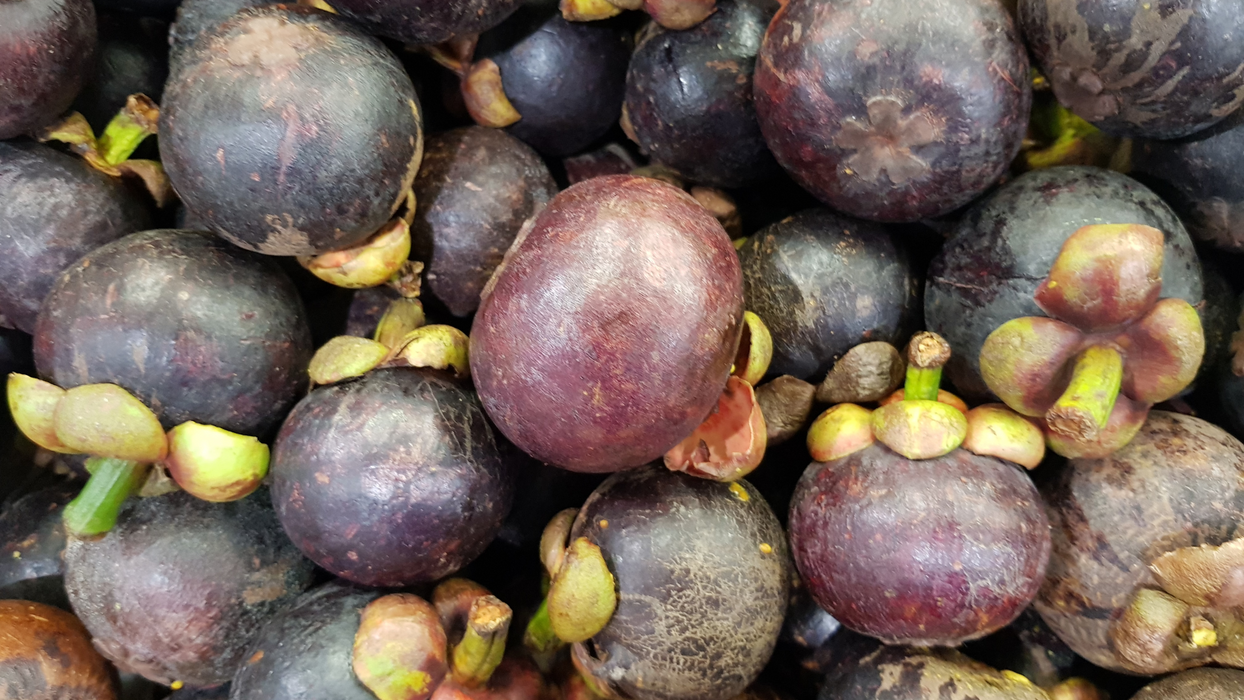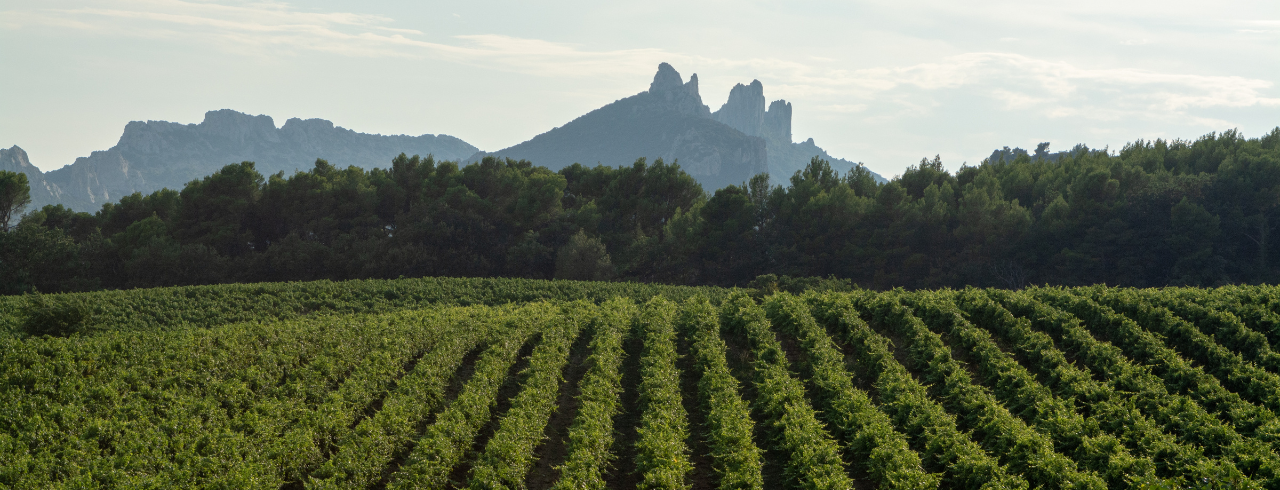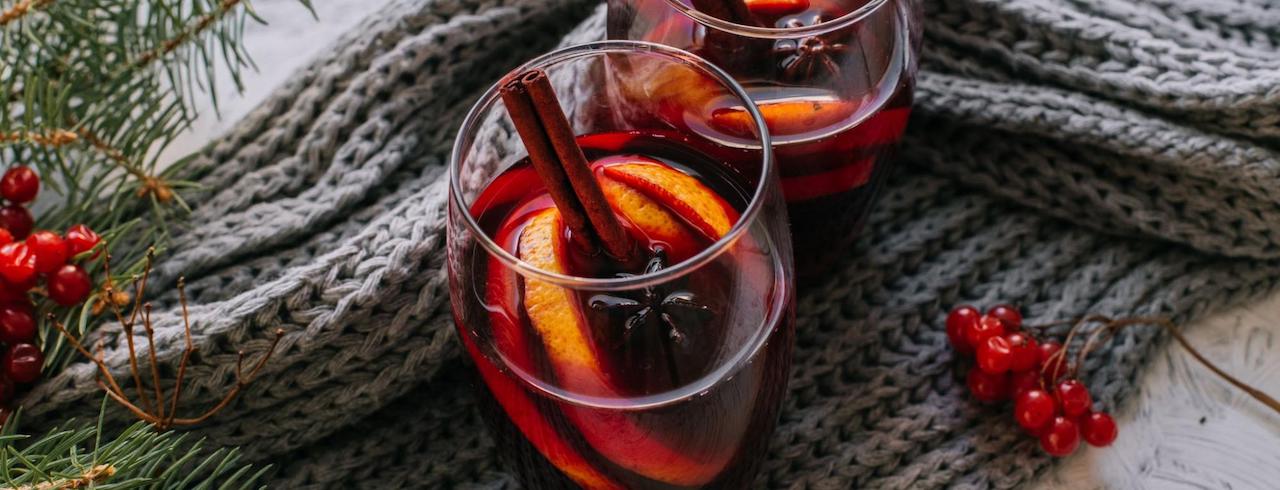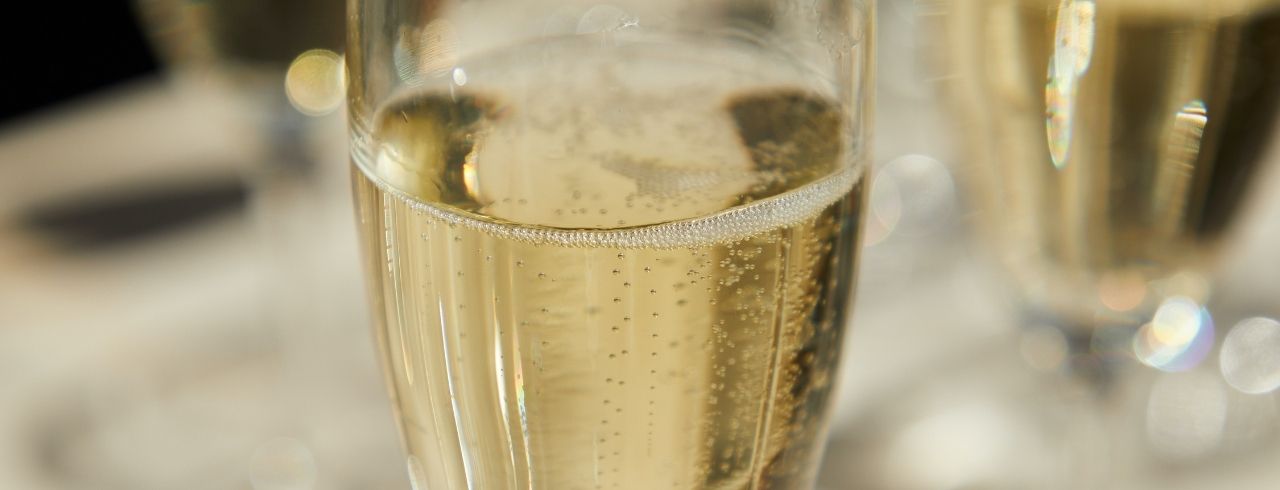
10 Things You Didn’t Know About Sparkling Wine
Who doesn’t love a little bit of bubbly? And by bubbly we mean carbonation in wine. Whether your bottle is sparkling wine or champagne (yes, there is a difference, but more on that later), a bit of bubbly is perfect for celebrating the big occasions in life or just enjoying on a Friday night.
Here are 10 things you didn’t know about sparkling wine.
1. Sparkling Wine vs. Champagne
All champagne is sparkling wine, but not all sparkling wine is champagne. Why? Because champagne is only made in France.
In the Champagne region of northeastern France to be exact. And in some countries, it’s actually illegal to call sparkling wine that’s not from France champagne because of the strict wine-making methods where Champagne is made.
2. You Don’t Need to Drink Bubbly in Flutes
Flutes and coups might make for pretty ways to drink Champagne or sparkling wine, but they’re not actually necessary and don’t enhance the taste of the wine one bit. In fact, in order to really enjoy the wine, you should reach for your typical wine glass. It’s believed that the more open nature of traditional wine glasses lets more oxygen in which enables us to smell the wine better.
3. You Don’t Need to Save Sparkling Wine or Champagne for A Special Occasion
Contrary to popular belief and what you see in the movies, you don’t need to let the champagne or sparkling wine that you buy age any further because the winemaker has already aged it for you. When you buy your bottle, it’s actually been aged to perfection so you should feel free to drink it right away. After all, life is a special occasion.
4. There May Be Red Grapes in Your Bottle of Bubbly
Usually, winemakers use grapes that are traditionally grown in the Champagne region like Pinot Meunier, Chardonnay, and Pinot Noir. So yes, there are red grapes in your sparkling wine. But, if your bubbly is made from all white grapes, then it’s sparkling white wine.
For example, Prosecco is an Italian sparkling wine and its main grape is Glera. Cava, which is Spain’s sparkling wine, is made from a blend of Xarel-Lo, Macabeo and Parellada.
5. Don’t Store It In the Refrigerator
Putting your sparkling wine in the refrigerator can actually make it go flat because its cork will dry out allowing the carbonation that makes it sparkling in the first place to escape. And at that point, you’re also letting in other smells and flavors (and no one wants that).
The better place to store your sparkling wine is in a wine cellar of course, but if you don’t have one, the back of your cupboard will do. And it should be stored on its side so that the cork stays damp and there’s a tight seal. Just put it on ice to chill before you pop those bottles.
6. The Bubbles in Sparkling Wine are a Product of Secondary Fermentation
Called the “méthode champenoise,” after the wine is fermented in barrels or using the tank method (the traditional method of fermenting wine once), it’s bottled, and yeast is added again for a second fermentation. The yeast eats up the sugar, which creates the bubbles in your bottle of bubbly.
7. Not All Sparkling Wines Have A Vintage
A “vintage” is the year the grapes in the bottle of wine were harvested.
Some sparkling wines don’t have a vintage and are stamped with “NV” which means “non-vintage.” Wine would be classified as NV when the grapes used to make the wine are from different years. This helps winemakers out if there’s a bad harvest one year. They can blend some of their yield, age it, and save it for next year.
8. Sparkling Wine Has Different Names Around the World
Champagne doesn’t cut it for all sparkling wine bottles. Here’s what sparkling wine is called in a few different countries:
- Sekt — Germany
- Prosecco — Italy
- Cava — Spain
- Champagne — the Champagne region of France
- French sparkling wine — France outside the Champagne region
- American sparkling wine — the USA
9. Sparkling Wine Bottle Is Turned Every Two Days During Fermentation
In a process called “riddling,” the bottles of sparkling wine are turned and shaken so that the sediment leftover from the fermentation process is pushed into the neck of the bottle. Riddling a bottle involves turning it a little bit (⅛ or ¼ turn at a time) every two days. Nowadays, this is mostly done using machines, but some brands still do it by hand!
10. Light Messes with Sparkling Wine
When buying sparkling wine, always ask if you can have a bottle from a back/restocking room. Exposure to light decreases the quality of sparkling wine (which is why it’s made and stored in caves). Getting your bottle right out of the box or the dark backroom ensures you’re getting what you paid for—a quality bottle of bubbly.
So now that you are an expert in all things bubbly, it’s time to show off your knowledge. Explore our selection of sparkling wines and share these fun facts while popping open a bottle.
